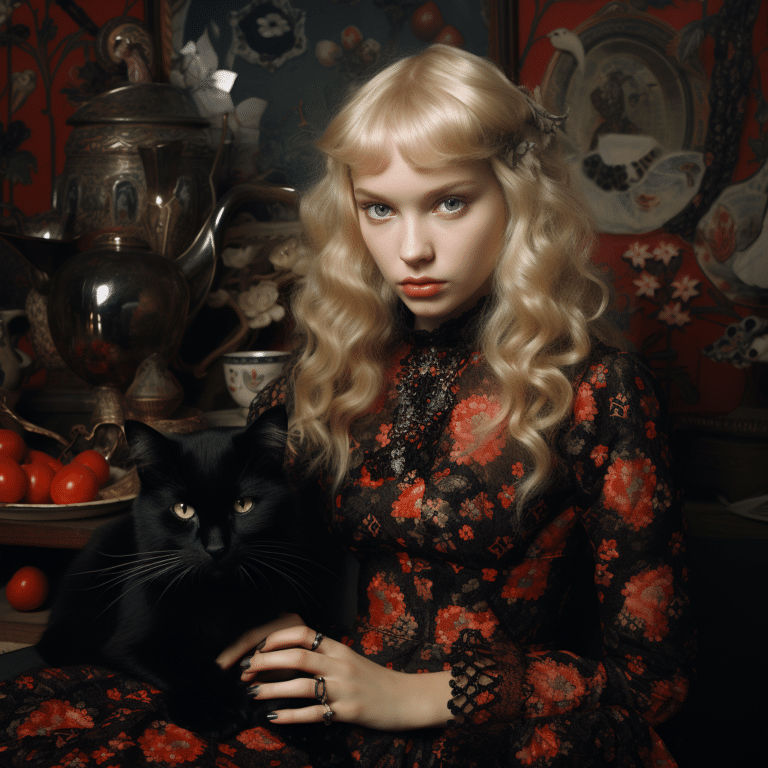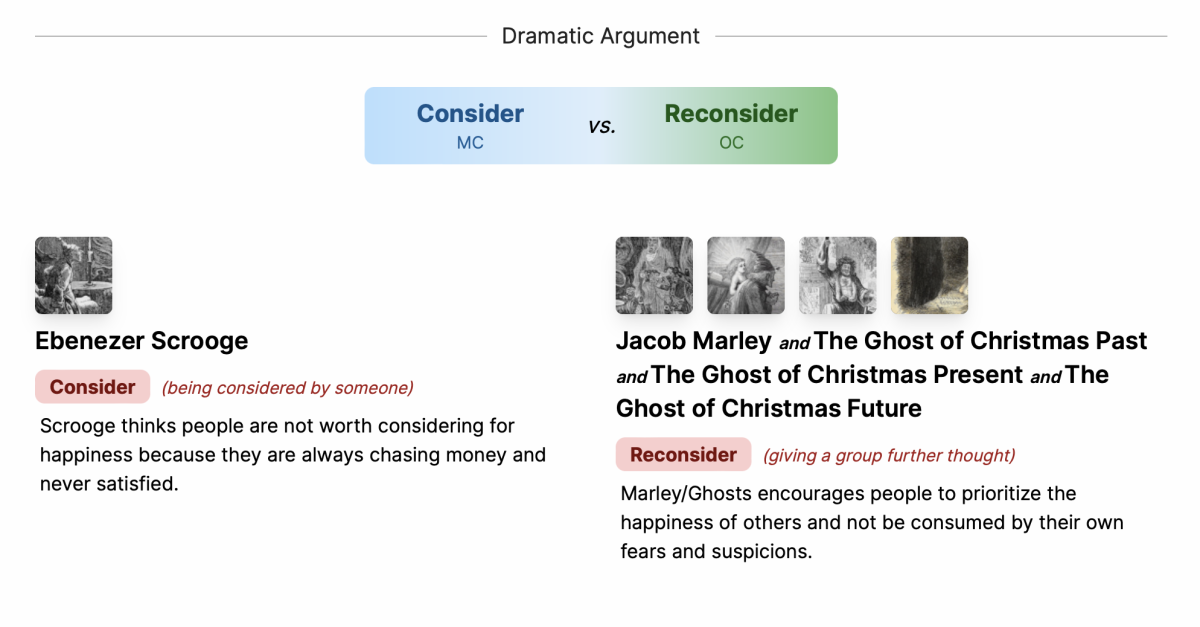The Bloom of 1600: A Deep Dive into a Pivotal Year in History

The year 1600, often overlooked in the grand sweep of history, was a period of remarkable transition, intellectual ferment, and nascent global interconnectedness. While not marked by a single, defining event, 1600 represents a crucial inflection point, a "bloom" in the development of various fields, from science and philosophy to art and politics, laying the groundwork for the modern world. This article will delve into the multifaceted significance of this pivotal year, examining its key developments and exploring its lasting impact.
A World on the Cusp of Change:
At the dawn of the 17th century, the world was a tapestry woven with threads of tradition and burgeoning innovation. The Renaissance, with its rediscovery of classical learning and emphasis on human potential, had left an indelible mark on Europe. The Age of Exploration had opened up new trade routes and fueled a scramble for colonial dominance. The Protestant Reformation had shattered the religious unity of Christendom, leading to decades of conflict and reshaping the political landscape.
Against this backdrop, 1600 emerges as a year of consolidation and acceleration. It was a year where established powers grappled with emerging challenges, where scientific inquiry challenged long-held beliefs, and where artistic expression reached new heights.
Scientific Seeds: The Dawn of Modern Astronomy
One of the most significant developments of 1600 was the growing momentum of the scientific revolution. While figures like Copernicus had already proposed a heliocentric model of the universe, it was in this year that the Italian philosopher and astronomer Giordano Bruno met his fiery end at the hands of the Roman Inquisition for his heretical beliefs, including his support for Copernicanism and his belief in the infinity of the universe. Bruno’s martyrdom became a potent symbol of the conflict between scientific inquiry and religious dogma.
While Bruno’s execution cast a dark shadow, other scientific advancements flourished. William Gilbert, an English physician and physicist, published "De Magnete," a groundbreaking work on magnetism and electricity. Gilbert’s meticulous experiments and his emphasis on empirical observation marked a significant departure from the speculative philosophy of the past. "De Magnete" laid the foundation for future developments in electromagnetism and contributed to the growing understanding of the natural world through observation and experimentation.
Furthermore, the groundwork for future astronomical breakthroughs was being laid. While Galileo Galilei wouldn’t perfect his telescope for another decade, the intellectual climate was ripe for astronomical discoveries. The meticulous observations of Tycho Brahe, though conducted without a telescope, were providing invaluable data for Johannes Kepler, who would later formulate his laws of planetary motion, further solidifying the heliocentric model.
Philosophical Crossroads: Skepticism and the Search for Certainty
The intellectual ferment of 1600 extended beyond the realm of science and into the realm of philosophy. The questioning of traditional authority, sparked by the Reformation and the Renaissance, had led to a rise in skepticism. Philosophers like Michel de Montaigne, whose essays challenged conventional wisdom and explored the limits of human knowledge, had a profound influence on the intellectual landscape.

In 1600, the legacy of Renaissance humanism continued to shape philosophical discourse. The emphasis on human reason and individual experience led to a renewed interest in classical philosophy, particularly the works of Plato and Aristotle. Thinkers sought to reconcile ancient wisdom with contemporary concerns, grappling with questions of ethics, politics, and the nature of reality.
The skepticism of the era, however, also prompted a search for new foundations for knowledge. Philosophers sought to establish a more secure basis for belief, one that could withstand the challenges posed by doubt and uncertainty. This quest for certainty would ultimately lead to the rise of rationalism in the 17th century, with figures like René Descartes seeking to build a system of knowledge based on self-evident truths.
Artistic Flourishing: The Height of the Renaissance and the Dawn of the Baroque
1600 was a year of artistic vibrancy, marking both the culmination of the Renaissance and the emergence of the Baroque style. In Italy, the High Renaissance was drawing to a close, but its legacy continued to inspire artists and architects. The works of Michelangelo, Raphael, and Leonardo da Vinci remained iconic examples of artistic achievement, setting a high standard for future generations.
The Baroque style, with its emphasis on drama, emotion, and grandeur, was beginning to take shape. Artists like Caravaggio, with his dramatic use of light and shadow, were pushing the boundaries of artistic expression. Caravaggio’s realistic portrayals of religious scenes, often featuring ordinary people as models, challenged the idealized depictions of the Renaissance and paved the way for a new era in art.

In other parts of Europe, artistic traditions continued to flourish. The Dutch Golden Age was on the horizon, with artists like Rembrandt and Vermeer poised to create masterpieces of realism and psychological insight. The Elizabethan era in England saw a flourishing of literature and drama, with playwrights like William Shakespeare captivating audiences with their powerful stories and unforgettable characters.
Political Tensions and Shifting Power Dynamics
The political landscape of 1600 was characterized by ongoing conflicts and shifting power dynamics. The religious wars that had ravaged Europe for decades were beginning to subside, but tensions remained high. The rivalry between Catholic and Protestant powers continued to shape international relations.
The rise of nation-states was also a defining feature of the era. Countries like England, France, and Spain were consolidating their power and expanding their influence. The Age of Exploration had fueled competition for colonial possessions and trade routes, leading to conflicts and alliances that would shape the course of history.
The year 1600 also witnessed significant political events. In England, Queen Elizabeth I was nearing the end of her reign, and the question of succession loomed large. The Gunpowder Plot, an attempt to assassinate King James I and blow up the Houses of Parliament, was still a few years away, but the seeds of religious and political discontent were already sown.
In other parts of the world, empires were rising and falling. The Mughal Empire in India was expanding its territory and consolidating its power. The Ottoman Empire, though past its peak, remained a formidable force in the Mediterranean. The Ming Dynasty in China was facing internal challenges and external threats.
Global Interconnectedness: Trade, Exploration, and Cultural Exchange
The year 1600 was a time of increasing global interconnectedness. The Age of Exploration had opened up new trade routes and facilitated the exchange of goods, ideas, and cultures between different parts of the world.
European powers were establishing trading posts and colonies in Asia, Africa, and the Americas. The spice trade, in particular, was a major driver of global commerce. European merchants sought to control the supply of valuable spices like pepper, cloves, and nutmeg, leading to conflicts and alliances with local rulers.
The Columbian Exchange, the transfer of plants, animals, and diseases between the Old World and the New World, continued to reshape the global environment and economy. New crops like potatoes and tomatoes were introduced to Europe, while European livestock and diseases had a devastating impact on indigenous populations in the Americas.
Conclusion: A Year of Transition and Transformation
The year 1600, while not marked by a single, epoch-defining event, stands as a pivotal moment in history. It was a year of consolidation and acceleration, a year where the seeds of the modern world were being sown. From the scientific revolution to the artistic flourishing of the Renaissance and the dawn of the Baroque, from the philosophical quest for certainty to the political tensions and shifting power dynamics of the era, 1600 represents a complex and fascinating tapestry of human endeavor.
By understanding the key developments of this year, we can gain a deeper appreciation for the forces that shaped the modern world and the challenges and opportunities that lie ahead. The "bloom" of 1600, with its blend of tradition and innovation, serves as a reminder of the enduring power of human curiosity, creativity, and resilience.
Frequently Asked Questions (FAQ)
Q: Why is 1600 considered a significant year in history?
A: While not defined by one major event, 1600 represents a crucial inflection point. It was a year of consolidation and acceleration in various fields, including science, philosophy, art, and politics. It marked the culmination of the Renaissance and the beginning of new trends that would shape the modern world.
Q: What was the significance of Giordano Bruno’s execution in 1600?
A: Bruno’s execution for his heretical beliefs, including his support for Copernicanism, became a potent symbol of the conflict between scientific inquiry and religious dogma. It highlighted the challenges faced by those who dared to question established authority.
Q: What scientific advancements were made around 1600?
A: William Gilbert published "De Magnete," a groundbreaking work on magnetism and electricity. Tycho Brahe’s meticulous astronomical observations provided invaluable data for future breakthroughs. The intellectual climate was ripe for astronomical discoveries, even before the invention of the telescope.
Q: How did philosophy change around 1600?
A: Skepticism was on the rise, prompting a search for new foundations for knowledge. Philosophers sought to reconcile ancient wisdom with contemporary concerns, grappling with questions of ethics, politics, and the nature of reality.
Q: What was the artistic landscape like in 1600?
A: The High Renaissance was drawing to a close, but its legacy continued to inspire artists. The Baroque style was beginning to take shape, with artists like Caravaggio pushing the boundaries of artistic expression.
Q: What were some of the major political developments of 1600?
A: Religious wars were beginning to subside, but tensions remained high. The rise of nation-states was a defining feature of the era. Queen Elizabeth I was nearing the end of her reign, and the question of succession loomed large.
Q: How interconnected was the world in 1600?
A: The Age of Exploration had opened up new trade routes and facilitated the exchange of goods, ideas, and cultures between different parts of the world. European powers were establishing trading posts and colonies in Asia, Africa, and the Americas.
Q: What was the Columbian Exchange and how did it impact the world?
A: The Columbian Exchange was the transfer of plants, animals, and diseases between the Old World and the New World. It reshaped the global environment and economy, with new crops being introduced to Europe and European livestock and diseases having a devastating impact on indigenous populations in the Americas.
Conclusion:
The "bloom" of 1600 offers a valuable lens through which to examine the complexities of a world in transition. It underscores the interconnectedness of seemingly disparate fields and highlights the enduring human drive to explore, create, and understand. By studying this pivotal year, we gain a richer understanding of the forces that have shaped our present and a renewed appreciation for the ongoing evolution of human civilization. It serves as a reminder that even seemingly quiet periods can be fertile ground for groundbreaking change and lasting legacies.

